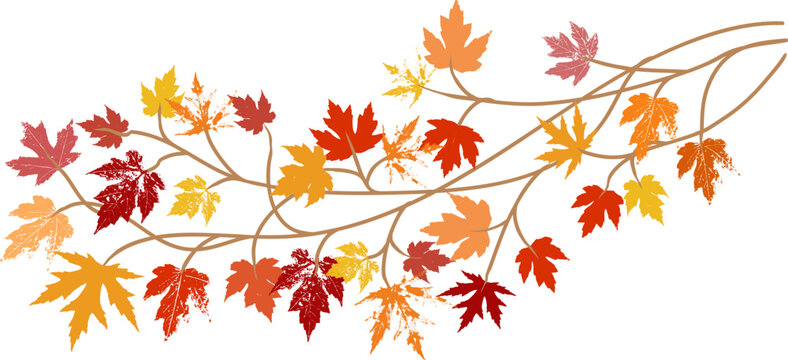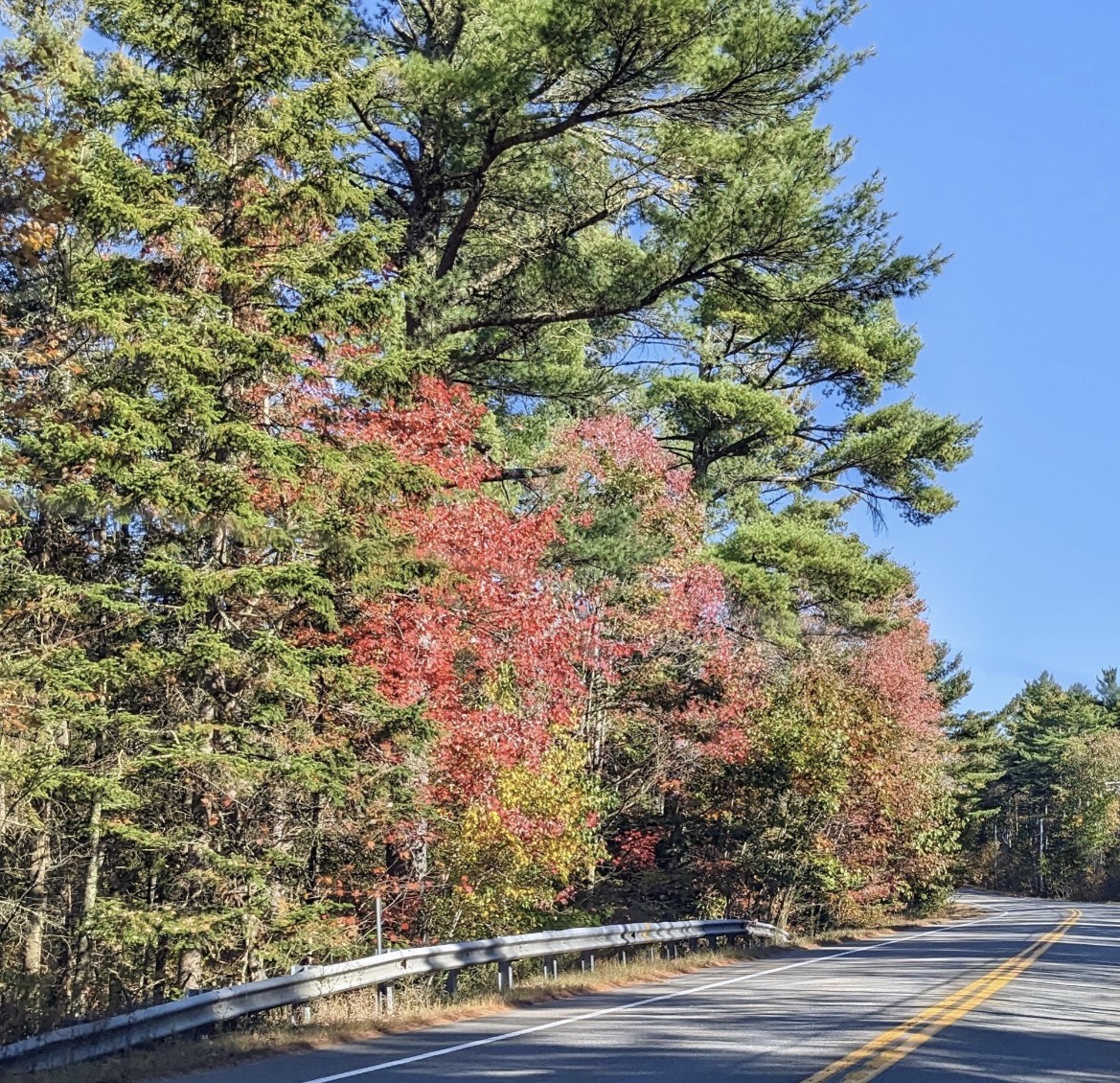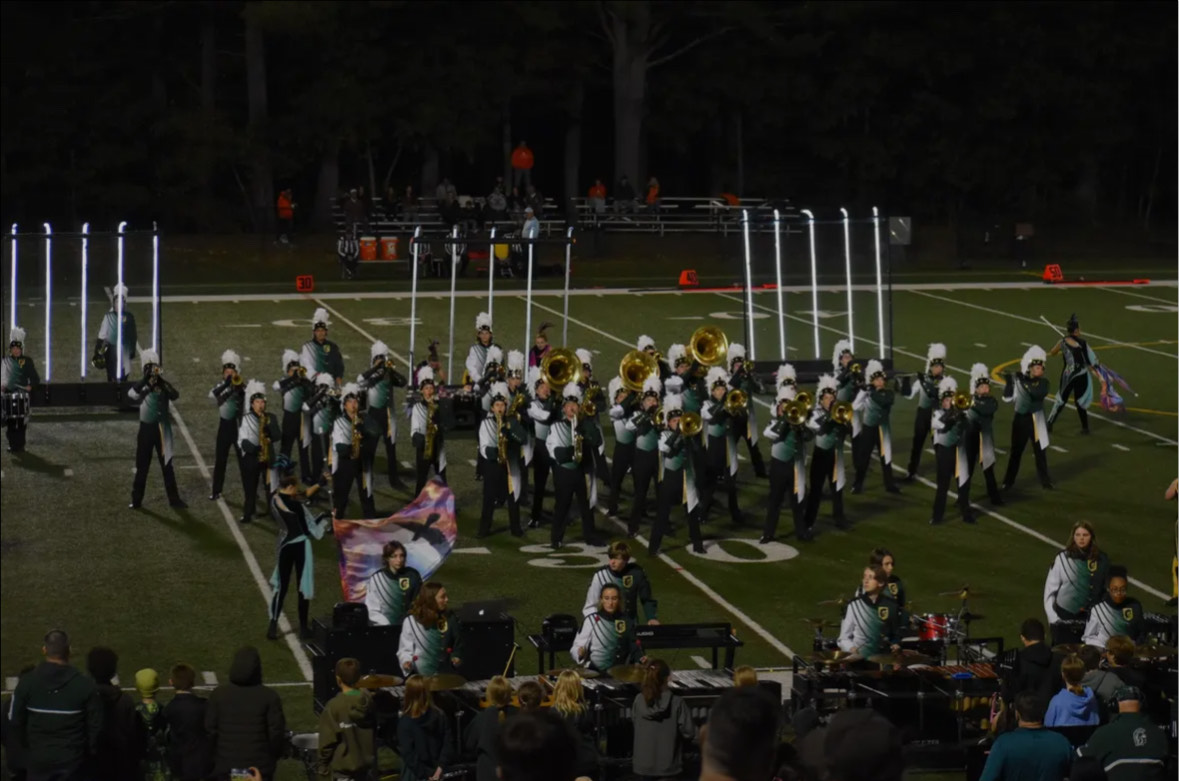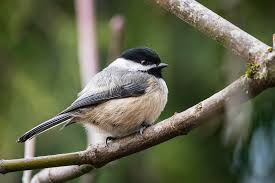As the leaves start changing colors and summer is coming to an end, fall weather and foliage are just around the corner. Here is what you can expect.
New England is going to have a rainy start to the season. According to NBC Boston, “Showers are expected each day this week as waves of low pressure move along the northern tier of the country.”
Areas with low pressure experience cloudy, windy, and possibly rainy and stormy weather, according to Wikipedia.
The rain is going to be especially helpful for New Hampshire, which has been abnormally dry due to a drought that officially started on September 30th. Though the rain won’t entirely heal the situation, it will help.
The drought has also played a big role in the foliage. According to Boston.com, “When trees are stressed from reduced water levels, a more chaotic foliage season can play out. Certain trees will transition to oranges, reds, and yellows far earlier than others nearby.”
According to The Old Farmers Almanac, leaves can start changing colors as early as mid-September. While peak foliage in New England typically appears in late September to mid-October, peak foliage will typically start in northern New England and then move southward to southern New England.
Northern Maine, Vermont, and New Hampshire will be the first to see the fall foliage, while Rhode Island and the southern parts of Connecticut will have to wait a little longer to see the fall foliage.
Some of the best places to see peak foliage, according to Jeff Foliage, include the Kancamagus Highway, a very scenic drive during October. This highway is a 56.39-mile-long drive in northern New Hampshire.
You could also check out Smugglers Notch, Vermont, which is a good spot if you like hiking and being surrounded by pretty scenery. Lastly, you could check out the White Mountains in New Hampshire. Here you can leaf peep while taking a scenic hike.
However, it’s not just New England that will be experiencing fall foliage so early. The Mid-Atlantic, which includes states like Delaware, Maryland, New Jersey, New York, Pennsylvania, and more, will also get to experience the fall foliage for a little longer than usual.
Along with the rain, New England is going to start autumn off with warmer-than-average temperatures. According to Masslive, “Massachusetts may see above-average temperatures during September, October, and November.”
According to WBUR, new data shows that Boston’s average autumn temperature increased by 2.3 degrees between 1970 and 2024. This temperature difference may not seem like a lot, but “it actually could have big impacts on everything from fall foliage to farmers’ crop schedules to the length of allergy season.”
Though it is going to be a warmer and rainier start to fall, there will still be stretches of colder weather as we get further into the season.






















